Utilizing Natural Assets in the Development of a Whimsical Environment
Among the many improvements in playground design over the last decade is an important movement toward incorporating more natural materials into the play space. It’s not hard to see why. Playgrounds that use natural elements tend to be more enticing to both children and adults – picture a lush space that incorporates exciting built elements along with trees, native plant life, natural shade, and water features. But it’s not just the aesthetics that are exciting; when planned carefully, playgrounds and built play spaces that feature natural design elements offer tremendous benefits for users of all ages.
What constitutes a naturalized playground? It’s hard to find a single definition, but generally, we’re talking about a play space that combines a built environment with elements found in nature, such as wood, trees, plants, rocks, soil, and water.
Richard Louv’s book, Last Child in the Woods, was one of the first books to bring together a new and growing body of research indicating that direct exposure to nature is essential for healthy childhood development and for the physical and emotional health of children and adults. In it, Louv inspired a grassroots movement advocating outdoor play in nature.
The research is clear and definitive – there are a variety of benefits from the inclusion of natural elements. The Natural Learning Initiative (NLI), a research and design assistance program at the College of Design, North Carolina State University, has conducted various studies supporting the benefits of playground naturalization, and has categorized the benefits into three critical areas for a child’s healthy development: active living; educational success through engagement with diverse, living environments; and healthy social and psychological development through spontaneous creative play.
Take a more specific look at some benefits:
- Naturalized playgrounds support increased diversity in play opportunities helping meet the needs of children in different stages of development, with different learning styles, personality types, friendship patterns, and culture.
- Children have increased opportunities for learning about nature and for more creative and cooperative play.
- Physical activity levels are increased from games that are influenced and stimulated by changes in topography using trees, natural shade, or plants as part of a game or strategy.
- The outdoor environment can be used as an educational resource to support learning through hands-on experiences and by bringing classroom learning outside.
- Changing seasons and natural changes in the elements can contribute to new and unique play experiences.
The benefits are clear, and parents, communities, schools, and local governments are looking to playground designers and manufacturers to help them navigate the planning process to design a naturalized playground. By considering the following factors, a play space can be designed that appropriately uses natural elements to increase the play value of the built environment for a win-win situation for all users.
Topography
Topography should be appreciated as a natural asset in playground design and should be considered an important site feature. Playground designers can use Global Positioning Systems (GPS) to map natural topography and trees to ensure conservation of existing elements.
Children are attracted to changes in topography as they stimulate themselves running up and down the hills and even rolling down them. Playground equipment can be embedded into natural changes in topography for additional benefits. For example, slides can be placed into slopes and equipment can be built on the top of higher elevations to create additional opportunities for exciting play. Entrances, pathways, and boundaries that utilize the natural topography can help connect the play environment and organize design components into specific areas.
Children’s physical activity is enhanced through changes in topography, offering climbing and running challenges that excite and stimulate children – it’s important to note that a site’s natural topography can be molded to maintain accessibility and provide play opportunities for all children.
Plant Material
Augmenting a play space with natural plant material and trees adds significant value offering aesthetic qualities as well as shade and natural cover to enhance the comfort of the play space. This process can include elements already present in the space or a phased approach to planting native trees, shrubbery, and plants for successful incorporation can be done.
When done well, plant material and trees can create high-value, child-friendly “play pockets,” natural boundaries, pathways, and shade. They also enhance the play experience by maximizing active, social, and sensory play opportunities, such as socio-dramatic play settings and social gathering areas. Plants provide color, texture, and fragrance within the play space for a multi-sensory experience.
Ideally, manufactured play equipment should be located close to large shade trees. Many communities have found it helpful to contract with a local arborist to help successfully incorporate plants and trees using a phased approach.
Storm Water Abatement and Natural Water Features
Building a naturalized playground can also have enormous benefit to the environment. In particular, using infrastructure elements such as rain gardens, pervious pavers, trees, and green roofs can help cope with gallons of storm water and in turn improve the health of local waterways in a community. For example, New York City and the Trust for Public Land recently announced the completion of the first “green” playground in Queens. The playground was designed with the input of students and used infrastructure elements to manage approximately 500,000 gallons of storm water per site each year, helping to improve the health of the local waterways, Flushing Bay and Newtown Creek.
There is play value in water features as well, though caution should be exercised in designing play areas with water for safety and public health considerations. Using existing streams and water pockets can provide opportunities for natural exploration and can actually help cool off nearby areas. Both plant material and natural water improve natural habitat conditions for wildlife species that fascinate children, such as butterflies, caterpillars, ladybird beetles, and salamanders and attract songbirds that add sensory appeal to the playground.
The movement toward creating more naturalized play environments offers a win-win for children and the communities they live in. Through them, we are able to provide users with an experience similar to what many of them remember from their childhood days of playing in the woods, but with the added benefit of well-designed, safer built elements that enhance a play experience. They can also improve the health of the environment for generations to come.
For more information visit:
- Trust for Public Land (www.tpl.org)
- US Access Board (www.access-board.gov)
- American Association for the Child’s Right to Play (www.ipausa.org)
- American Horticultural Society (www.ahs.org)
- American Nursery & Landscape Association (www.anla.org)
- American Society of Landscape Architects (www.asla.org)
- ASTM International (www.astm.org)
- Children & Nature Network (www.childrenandnature.org)
- NatureGrounds (www.naturegrounds.org)
- National Recreation and Park Association (www.nrpa.org)
- Natural Learning Initiative (www.naturalearning.org)
- No Child Left Inside Coalition (www.cbf.org/ncli/landing)



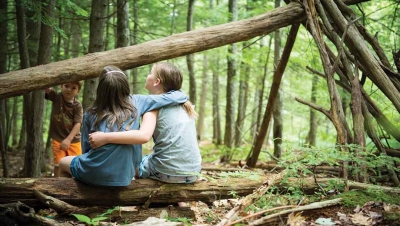
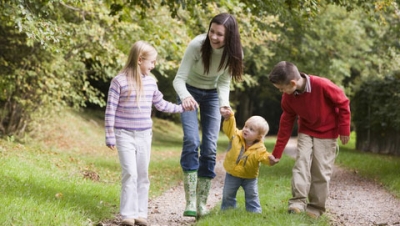
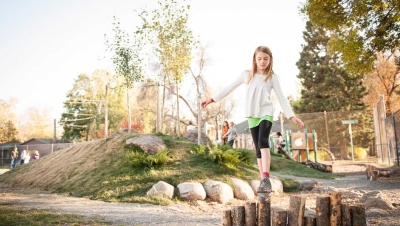
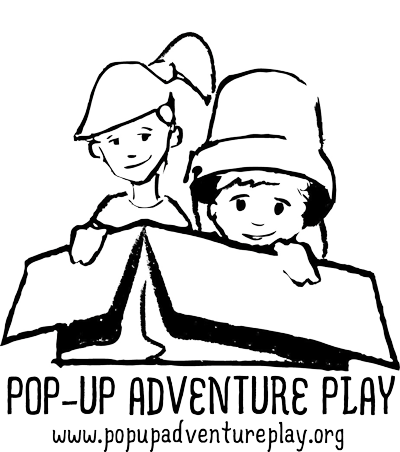
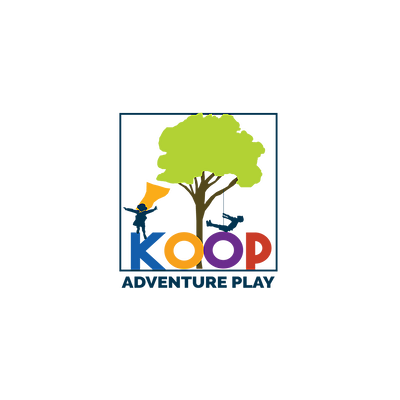
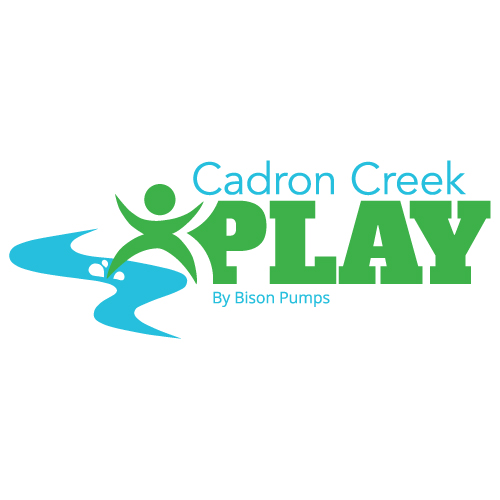
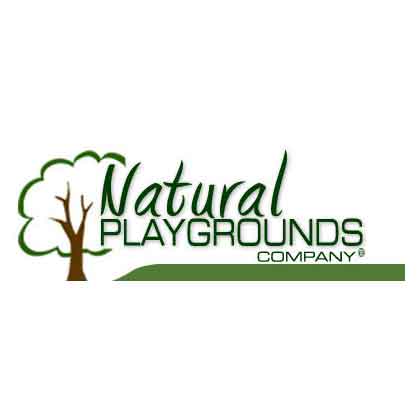
Add new comment